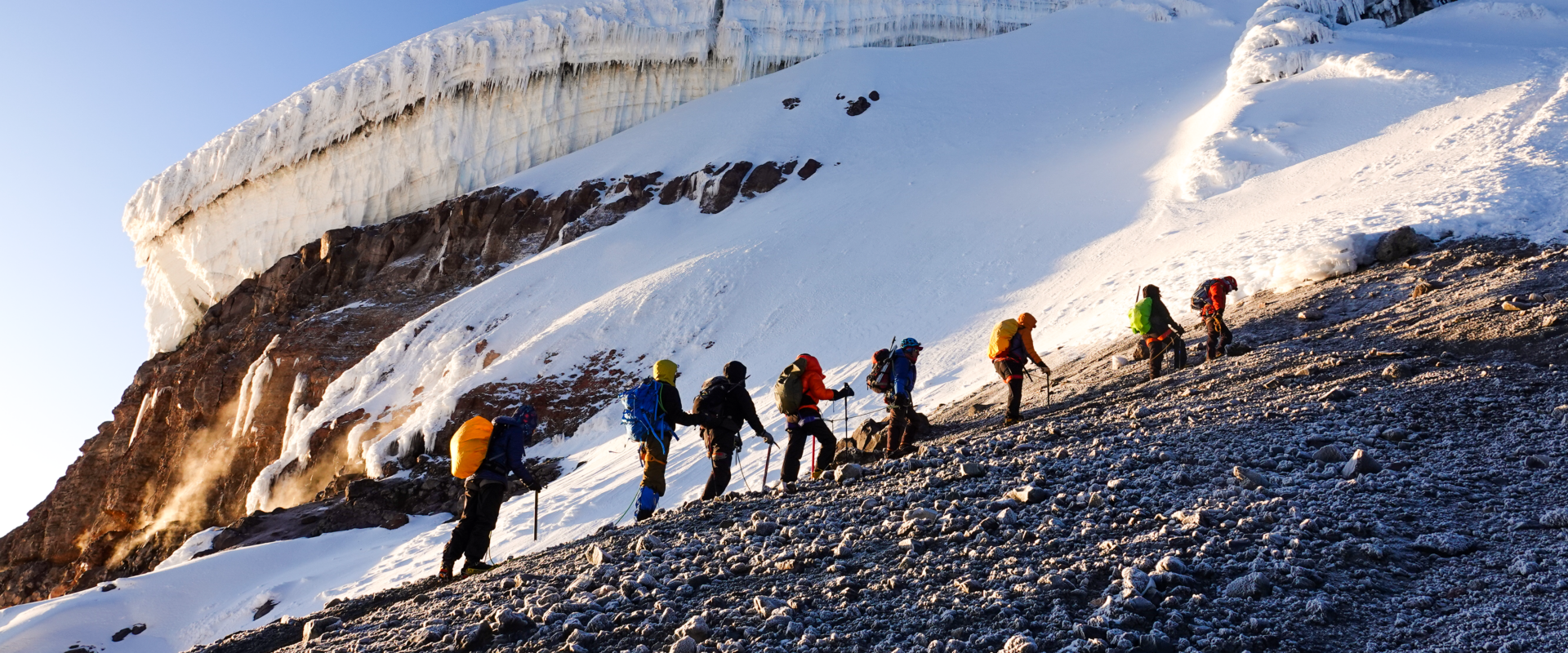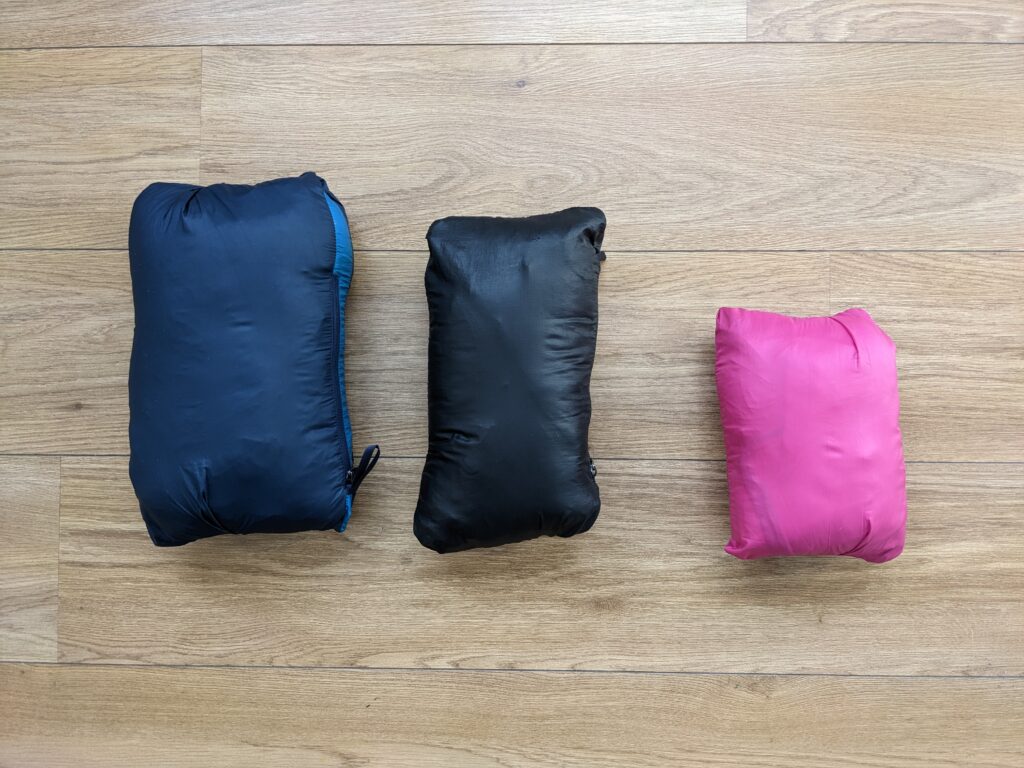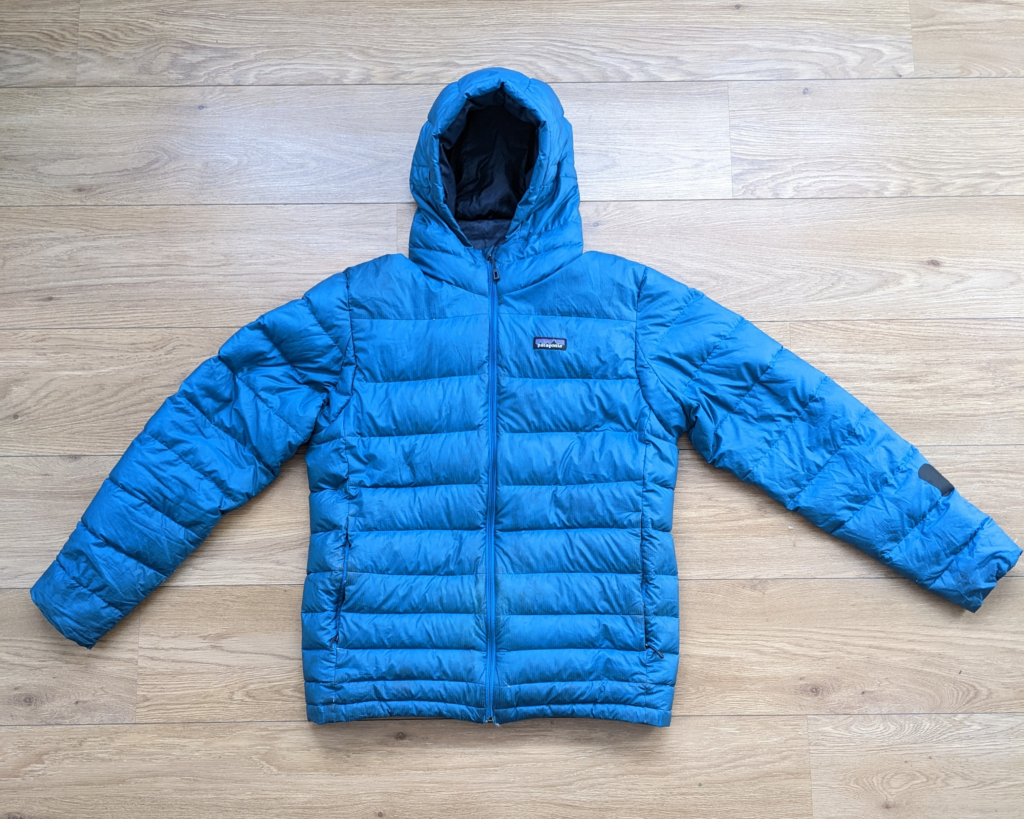BY Gino Traboulsi | October 23 2022
Synthetic vs Down: How to Choose Between Both Kinds of Insulation

For outdoor gear, there are 2 main types of insulation: natural insulation using down, and synthetic insulation made of polyester or nylon. Both have advantages and disadvantages. Down is lighter and warmer for its weight, but it’s not effective when wet. Unlike synthetic insulation that retains its insulation power in wet and humid conditions. In the article below, we’ll explain the difference between both and indicate which type is better for your personal gear closet.

What is Down?
Down feathers layer under the outer feathers of aquatic birds, such as ducks and geese, and protects them from the cold. Down feathers look like tiny fluffy strings that point in all directions and as a result trap air better than feathers. Down is usually a by-product of the food industry. Some companies vow to use responsibly sourced down. Keep an eye out for certifications like the Traceable Down Standard or the Responsible Down Standard to support the sustainable & humane ways of farming of down feathers.
What is Fill Power?
Fill power is the rating system used to determine the weight and compressibility of the down. The higher the fill power (800-1000), the more space each down feather occupies. This means that you need less down to produce the same amount of warmth as low fill power (550-650) items. Less down equals less weight and more compressibility as well. This is why high fill power items are much more expensive, and are commonly used with higher end materials as well.
In order to determine how warm the jacket is, look at how thick it expands, not at the fill power rating.

What is Synthetic Insulation?
Synthetic insulation is typically made from polyester, recycled or raw and produced into sheets and sometimes, into ways mimicking down. In order to obtain the same insulating power as down, there needs to be more synthetic insulation, which makes those items heavier and less compressible. However synthetic insulation retains its insulating power in wet or humid conditions, and dries much faster than down, which makes it easier to wash as well. Synthetic insulation is also more durable than down insulation.

So Which One is Better?
Well, just like most things in life. It depends. One isn’t better than the other in all situations. Your choice to pack a down jacket or a synthetic jacket will depend on the conditions you will face, the type of trip, your favorite color and how loud the birds are singing on that particular day.
For the same weight, down will be a warmer choice. Down is great for extreme cold and dry situations, and where weight is an important factor for the activity in mind, like mountaineering or multi-day trekking.

Most high quality down products will treat their down feathers with a durable water repellent (DWR) and so if the conditions are slightly humid, your item will still be able to perform properly.
Synthetic insulation is very versatile. It’s easy to maintain, keeps you warm in a variety of conditions, and of course, it’s less expensive. It will still be effective in wet and humid environments however, it is heavier and less compressible than down insulation.
I hope I was able to answer your questions about down and synthetic insulated products, and that you can finally make your next sleeping bag or jacket purchase to flaunt on an LHO trip.














